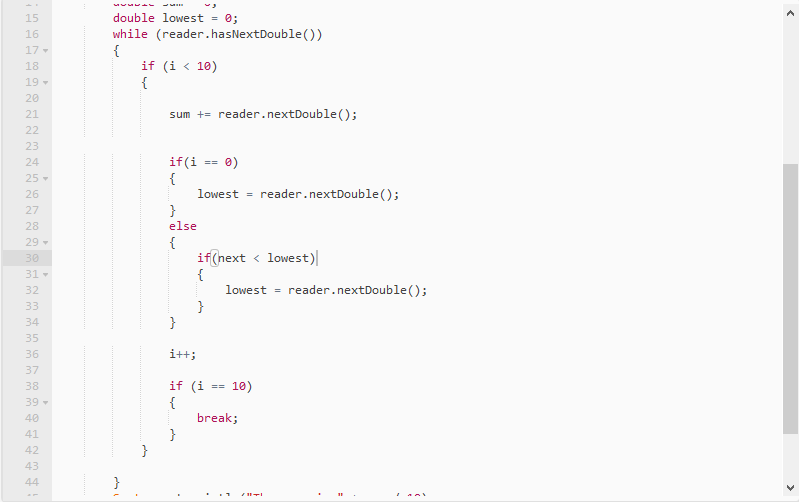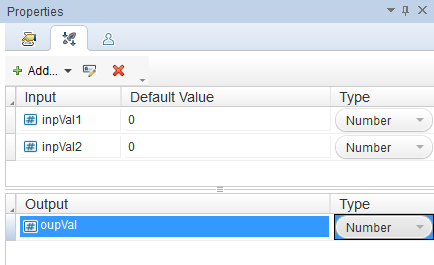

- #Chipmunk basic input multiple variables on same line how to#
- #Chipmunk basic input multiple variables on same line code#
Running existing BASIC code as well as compiled programs on one’s computer, or even typing them in from a listing in a magazine all belonged to the options. In this interpreter shell, one could use the hardware, write and load BASIC programs and save them to tape or disk. Instead of compiling BASIC source code, BASIC interpreters would interpret and run the code one line at a time, trading execution speed for flexibility and low resource use.Īfter turning on one’s microcomputer, the BASIC interpreter would usually be loaded straight from an onboard ROM in lieu of a full-blown operating system. This was good, because compiling a program takes a lot of RAM and storage, neither of which were plentiful in microcomputers.


The advantage of having BASIC integrated into these systems was obvious: not only were most people who bought such a home computer already familiar with BASIC, it allows programs to be run without first being compiled. When the 1970s saw the arrival of microcomputers, small and cheap enough to be bought by anyone and used at home, it seemed only natural that they too would run BASIC. Taking its cues from popular 1960s languages like FORTRAN and ALGOL, it saw widespread use on time-sharing systems at schools, with even IBM joining the party in 1973 with VS-BASIC. Fortunately most of these licensed or were derived from the most popular microcomputer implementation of BASIC: Microsoft BASIC.īASIC has its roots in academics, where it was intended to be an easy to use programming language for every student, even those outside the traditional STEM fields. This wasn’t necessarily always the exact same BASIC the commands and syntax differed between whatever BASIC dialect came with any given model of home computer (Commodore, Atari, Texas Instruments, Sinclair or any of the countless others). There was a time, not even that long ago, when the lingua franca of the home computer world was BASIC. In addition to inspiring a large part of home computing today, BASIC is still very much alive today, even outside of retro computing. To learn more, visit Reading an integer from user input.Surely BASIC is properly obsolete by now, right? Perhaps not. There are other ways to get numeric inputs from user. Here is a complete list of available methods for Convert class. Similarly we can convert the input to other types. The ToInt32() and ToDouble() method of Convert class converts the string input to integer and double type respectively. When we run the program, the output will be Enter integer value: 101 Formatted string allows programmer to use placeholders for variables. Printing concatenated string using Formatted String Ī better alternative for printing concatenated string is using formatted string.

When we run the program, the output will be Hello World Example 4: Printing Concatenated String using + operator using System Strings can be combined/concatenated using the + operator while printing. When we run the program, the output will be 10Ĭombining (Concatenating) two strings using + operator and printing them Example 3: Printing Variables and Literals using System The WriteLine() and Write() method can be used to print variables and literals. Printing Variables and Literals using WriteLine() and Write() When we run the program, the output will be Prints on
#Chipmunk basic input multiple variables on same line how to#
Example 2: How to use WriteLine() and Write() method? using System Let's take at a look at the example below to understand the difference between these methods. The main difference between WriteLine() and Write() is that the Write() method only prints the string provided to it, while the WriteLine() method prints the string and moves to the start of next line as well. When we run the program, the output will be C# is coolĭifference between WriteLine() and Write() method Example 1: Printing String using WriteLine() using System Let's look at a simple example that prints a string to output screen. Here, System is a namespace, Console is a class within namespace System and WriteLine and Write are methods of class Console. In order to output something in C#, we can use


 0 kommentar(er)
0 kommentar(er)
